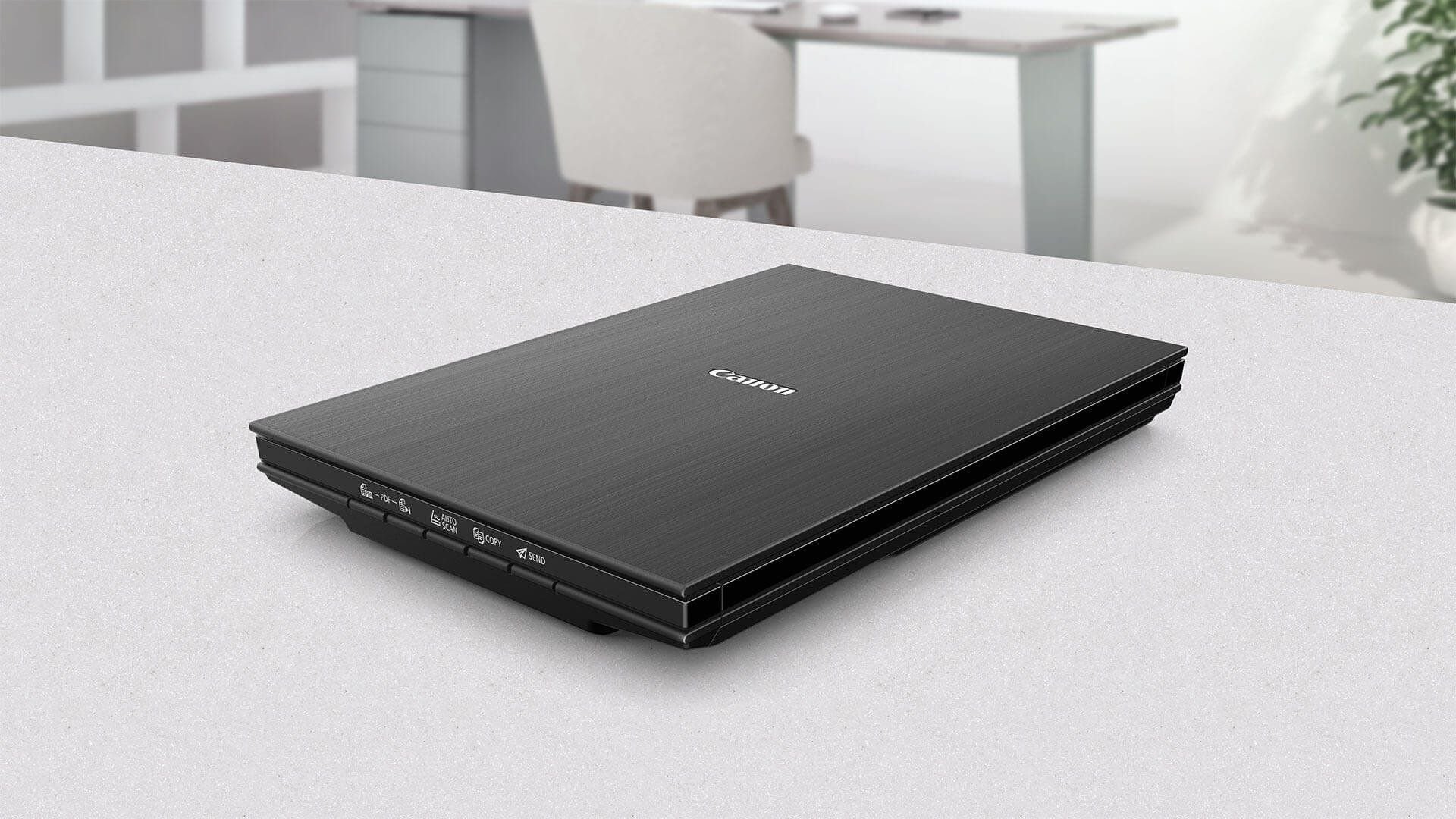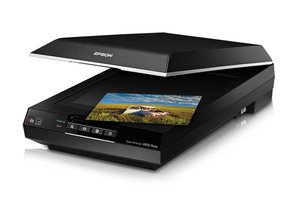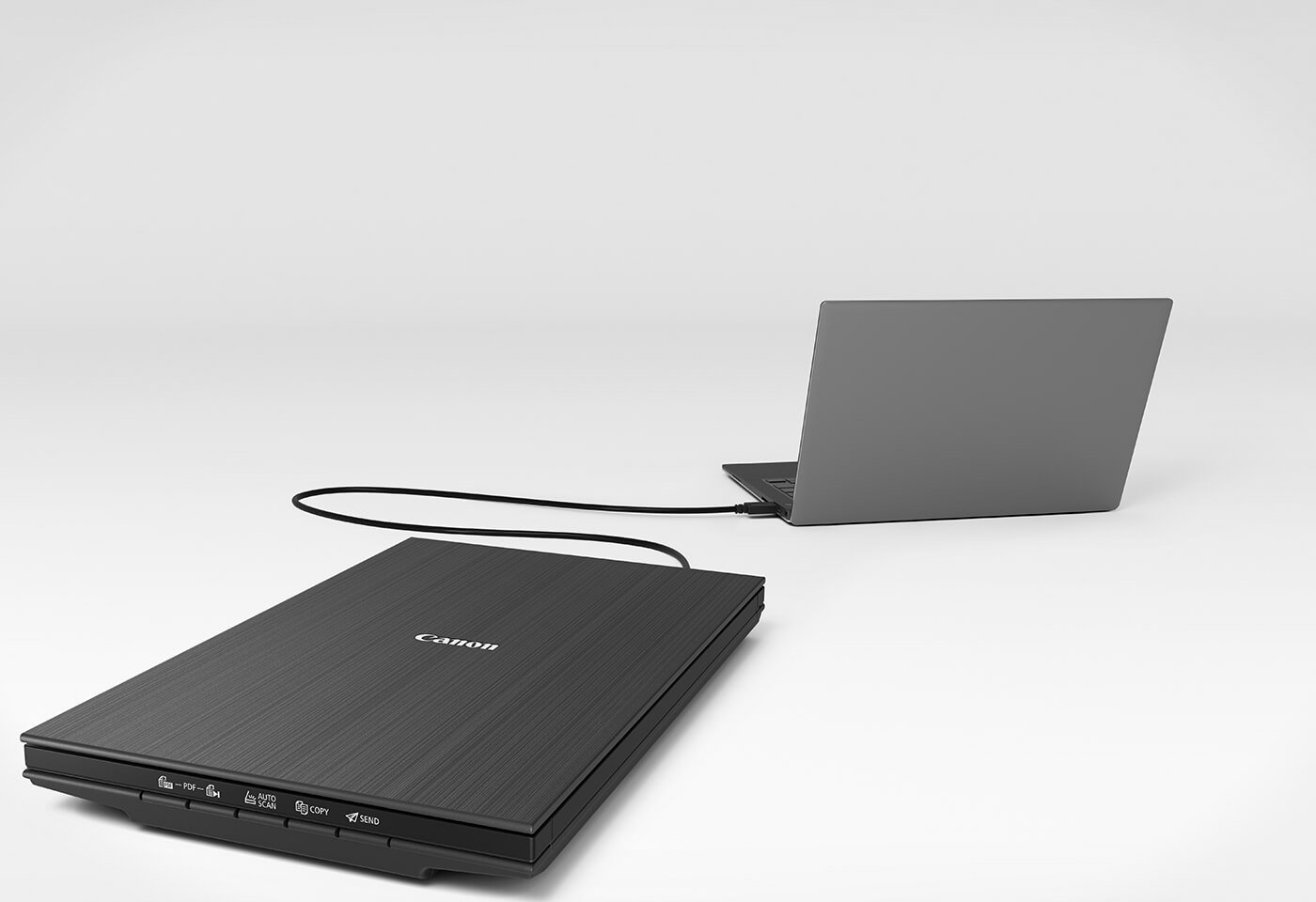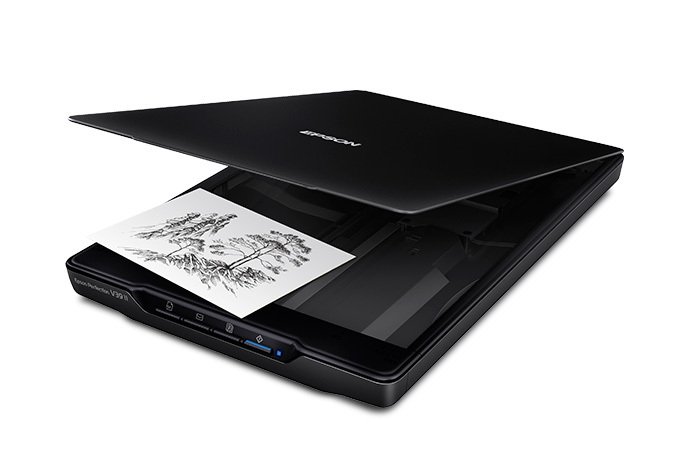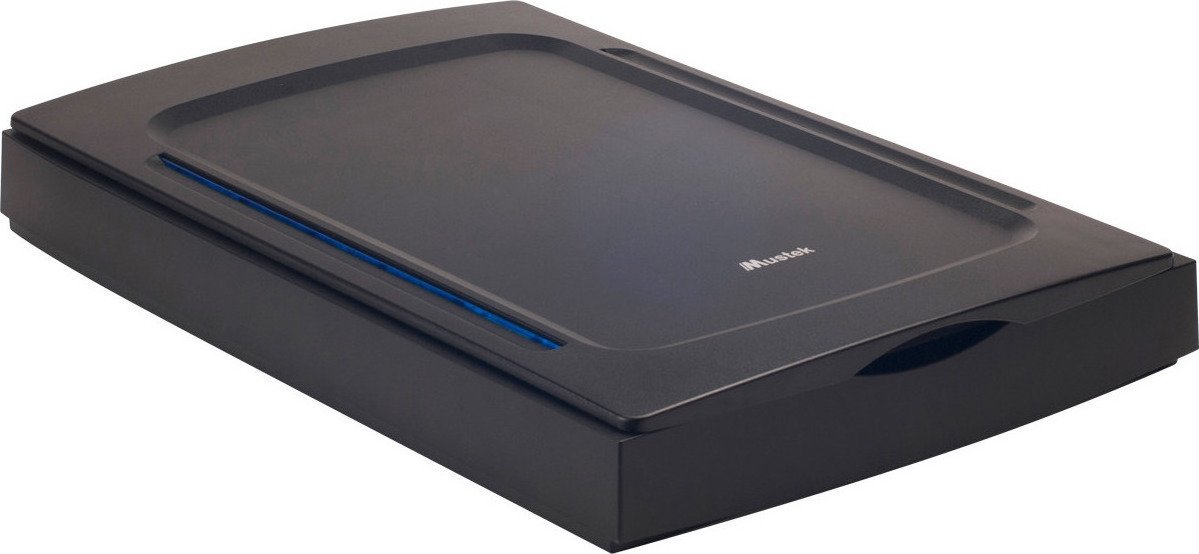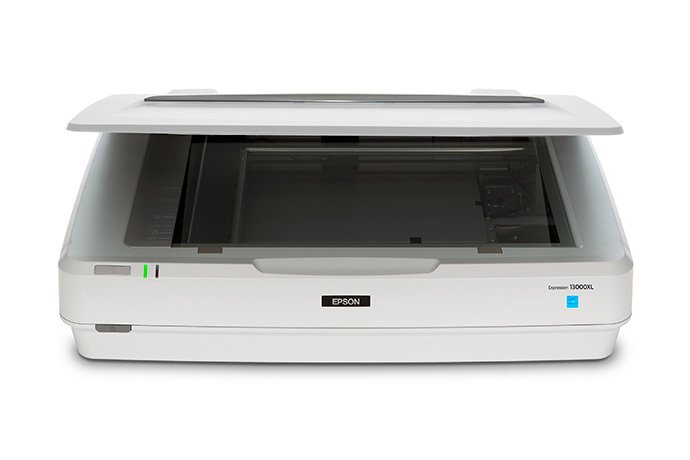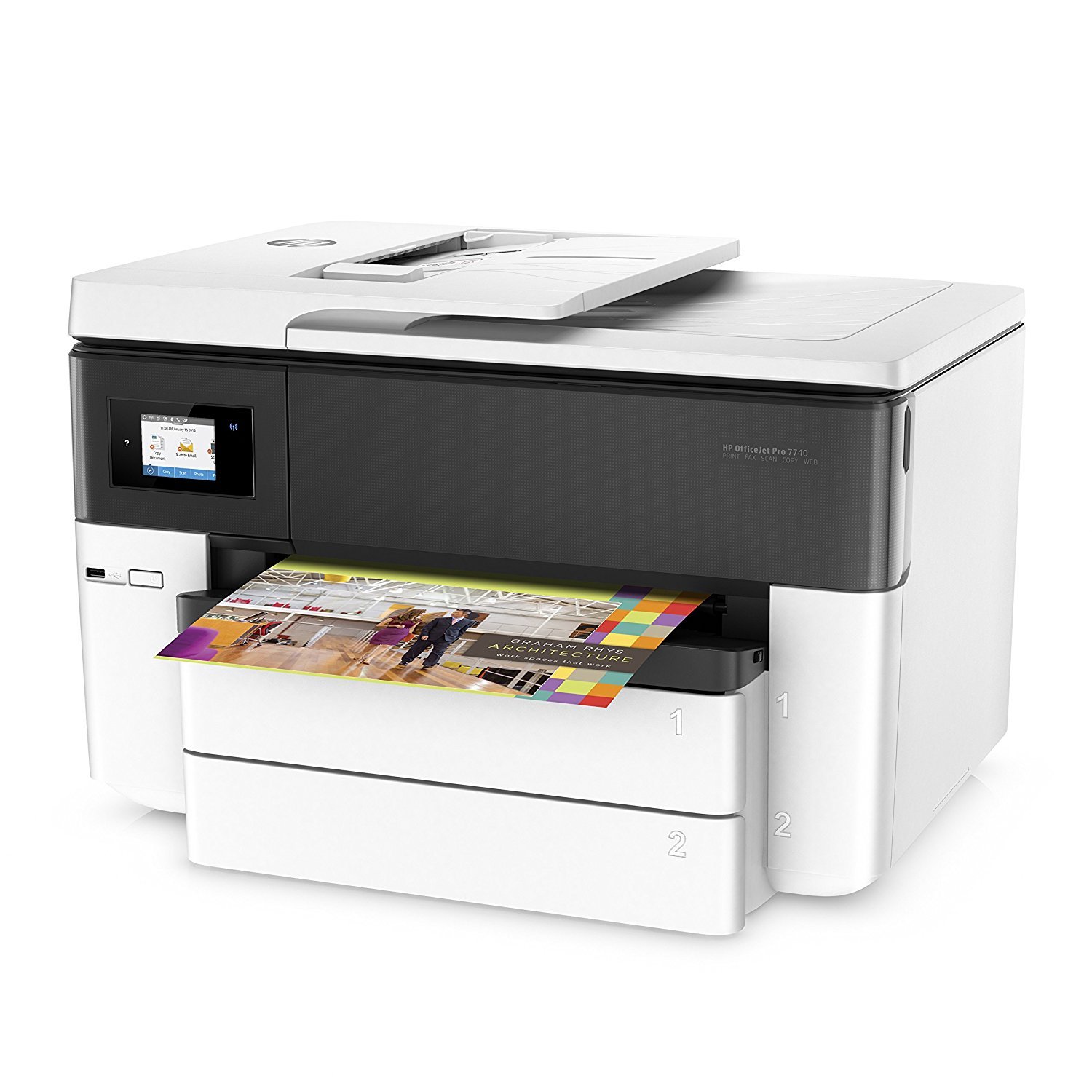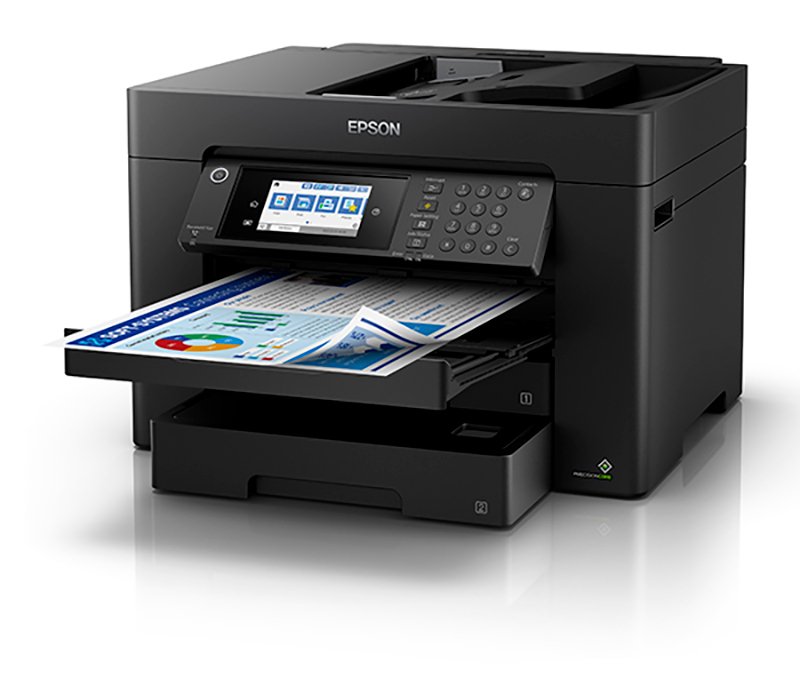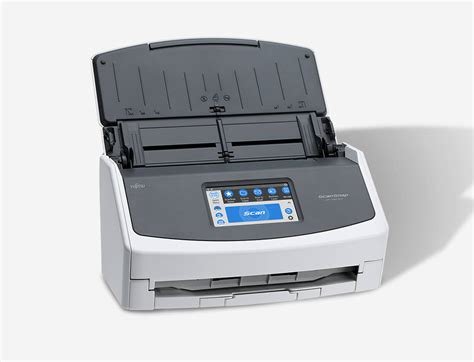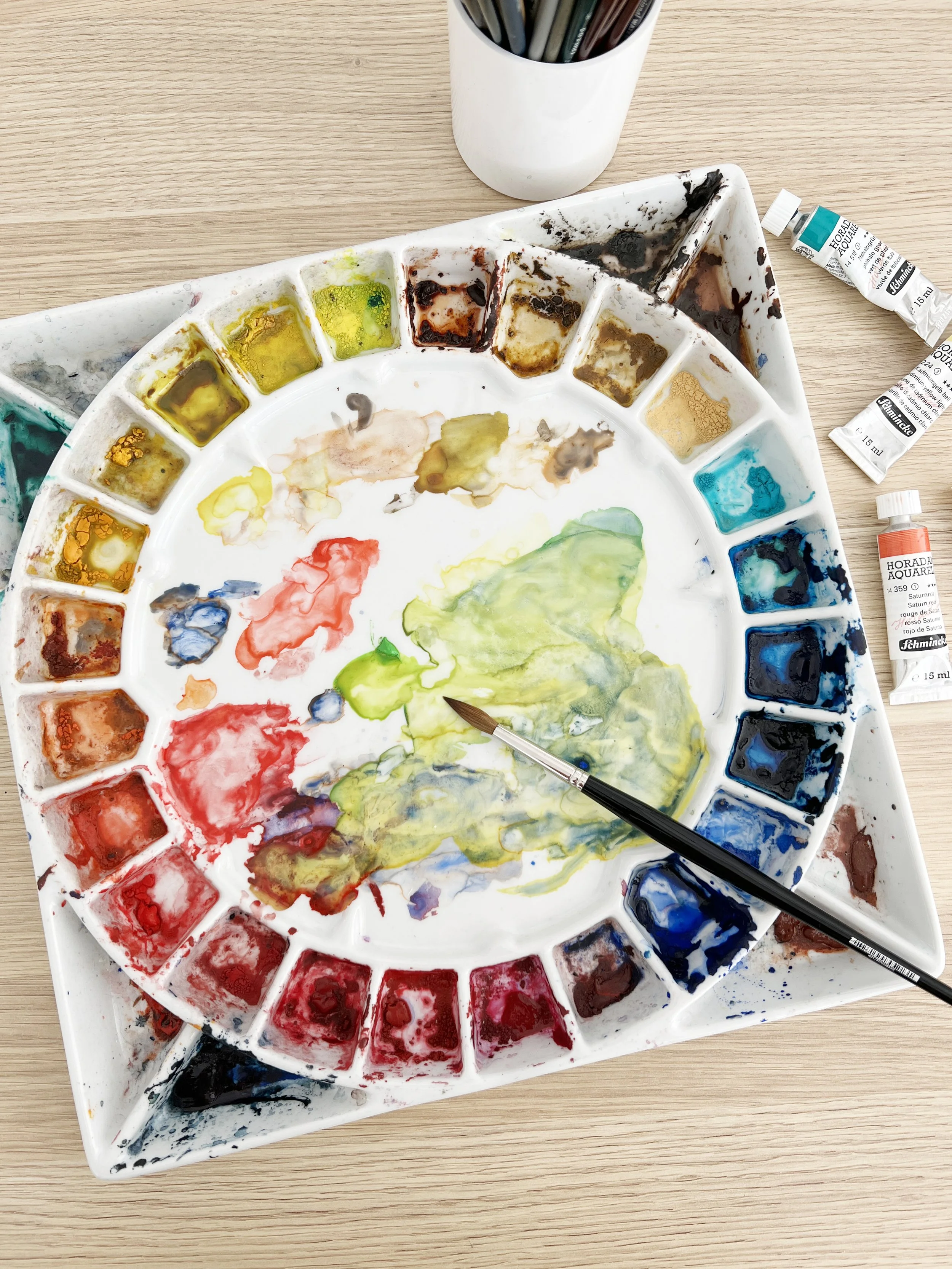Best Art Scanners for Artists - 2025
A4 & A3 Scanners for Watercolour, Drawings & Artwork
Canon CanoScan LiDE 400 Compact Flatbed Scanner
Whether you’re selling prints of your paintings, creating digital portfolios, archiving original pieces, or simply sharing your artwork online, having a high-quality digital copy is essential. Photographs of your work can be good, but they often lack the accurate colours, fine details, and consistent lighting you get from a good scanner. Scanning your artwork gives you more control over reproduction quality and makes creating high-resolution, archival-quality digital copies much easier.
Choosing the right scanner can be tricky because different scanners suit different types of artwork. Watercolour artists often need scanners capable of capturing subtle colour gradations and textures. Illustrators and those working with drawings typically require scanners that preserve sharp linework. Texture-heavy media demand scanners with sensors able to accurately capture depth and surface variations.
In this article, I’ll guide you through some of the best scanners available today for artists, focusing primarily on A4 and A3 flatbed scanners. Since I personally haven’t used all these scanners myself (we currently use the 2400N A3 Mustek scanner below) most of the recommendations and pros/cons are drawn from research, detailed reviews, and real-world experiences shared by other artists worldwide.
For more information and where to buy any of these scanners you can go directly to their respective manufacturer websites.
With that in mind, let’s explore some top scanner recommendations to fit various artists’ needs and budgets.
I’ve included a range of models, from entry-level scanners for casual use, to professional-grade devices suitable for serious artists. By the end of this guide, you’ll have a clear idea of which scanner best suits your artistic practice.
If you’re interested in art printers, read the ultimate guide to art printers, I also wrote.
Let’s dive in!
Best Flatbed Scanners for Artists
A4 Flatbed Scanners
Epson Perfection V850 Pro with Dual-Lens System
Epson Perfection V850 Pro High-End Scanner
The V850 Pro is Epson’s premium A4 flatbed scanner, built for artists, photographers, and professionals who want top-tier scan quality. With its dual-lens system and 6400 DPI resolution, it captures fine detail, tonal range, and colour accuracy with impressive clarity. It also includes film holders for scanning negatives and slides, making it a popular choice for archival work.
Pros:
Up to 6400 DPI with dual-lens precision
Excellent colour accuracy and dynamic range
Ideal for both flat artwork and film scanning
Cons:
Expensive
Large and bulky compared to budget models
Price: High-end professional (approx. AU$2000)
Epson Perfection V600 Photo
Epson Perfection V600 Photo Scanner
The Epson V600 is one of the most popular flatbed scanners among artists and photographers. It’s been around for over a decade but remains highly recommended due to its excellent resolution and colour accuracy, particularly on textured surfaces like watercolour paper. It’s an ideal choice for artists who want archival-quality scans without a huge price tag but this scanner has been officially discontinued by Epson. While it remains listed on Epson’s website, it’s categorised under their back catalogue, indicating it’s no longer in active production. Some retailers still list the V600, but availability is limited, and prices have increased due to its scarcity.
Pros:
6400 DPI, CCD sensor captures texture beautifully.
Reliable colour depth and detail.
Cons:
Slightly bulky; slower at higher DPI.
Price: Approx. AU$1200
Canon CanoScan LiDE 400
Canon CanoScan LiDE 400 with USB Connection
The LiDE 400 is Canon’s popular budget scanner, designed for portability and ease of use. It’s a great entry-level option, ideal for students or hobbyists primarily scanning sketches, drawings, or flat artworks. Introduced more recently (around 2018), it’s well-regarded for its affordability and compact design.
Pros:
4800 DPI, very compact and lightweight.
Affordable and simple to operate.
Cons:
CIS sensor; not great for heavily textured media.
Price: Budget-friendly (approx. AU$150–$200)
Epson Perfection V39 II
Epson Perfection V39 II Scanner
Similar in concept to Canon’s LiDE series, Epson’s V39 is an entry-level, compact flatbed scanner targeted at home and casual users. Introduced around 2015, artists appreciate its straightforward operation and portability, though it’s best suited to scanning smoother papers or line art. The scanner has been updated to version II and includes auto stitching software.
Pros:
4800 DPI, affordable and portable.
User-friendly, ideal for casual scanning tasks.
Cons:
CIS sensor limits ability to handle textures.
Price: Budget-friendly. Approximately AU$200
A3 Flatbed Scanners
Plustek OpticPro A320L
Plustek OpticPro A320L Scanner
The OpticPro A320L is a mid-range, artist-friendly A3 scanner known for its CCD sensor, great for capturing the subtle textures and colour variations typical in watercolour art. Released several years ago, it’s become increasingly popular among artists wanting larger-format scans without investing thousands in professional gear but, again, it’s hard to find new and you may need to look at the refurbished or second hand market.
Pros:
1600 DPI CCD sensor captures colour and texture well.
Quick scans and user-friendly interface.
Cons:
Bulkier build, USB 2.0 connectivity.
Price: Mid-range (approx. AU$1200)
Plustek OpticSlim 1180
Plustek OpticSlim 1180 A3 Scanner
Another popular and affordable A3 model from Plustek, the OpticSlim 1180 appeals to artists on tighter budgets who still want larger-format scanning. It’s been available since around 2015 and is known for its good performance in general scanning tasks, though texture-heavy artwork may present challenges due to its CIS sensor.
Pros:
Slim, compact for its size; quick scanning.
Affordable entry into A3-size scanning.
Cons:
CIS sensor less effective with highly textured media.
Price: Budget-friendly (approx. AU$600–$700)
Mustek A3 2400S/2400N
Mustek’s affordable A3 scanners, like the 2400S/2400N series, have been around for several years, offering artists a very budget-friendly solution for occasional large-format scanning. While not the most polished option, their low price point has made them popular for artists primarily scanning line art, sketches, or simpler colour work.
Louise used the 2400S (on the left) for many years until it finally needed to be replaced. It must have done thousand’s of scans and reproduced colours beautifully. She now uses the 2400N (on the right) and it’s now into the hundreds of scans without any issues.
Both of these scanners may still be available but are hard to find new. You may find one used if you’re lucky.
Mustek A3 2400S Flatbed Scanner that Louise used for many years until it gave in. She now has the later 2400N model.
Mustek A3 2400N Flatbed Scanner that Louise currently uses.
Pros:
Low-cost way to scan A3 art.
Large scanning area at a minimal cost.
Cons:
Colour accuracy and consistency vary; basic software.
Price: Ultra-budget (approx. AU$300–$400)
Epson Expression 13000XL
Epson Expression 13000XL A3 Scanner
The Epson Expression 13000XL is the updated version of Epson’s flagship large-format scanner, replacing the popular 12000XL. It’s widely used by professional artists, galleries, and photographers who require exceptionally high-quality scans for reproducing large artworks. Known for outstanding detail, accurate colour reproduction, and excellent texture capture due to its advanced CCD sensor, it’s ideal for scanning watercolours, textured drawings, and archival work.
Pros:
Large A3+ scan bed suitable for bigger artworks
CCD sensor offers excellent colour depth, texture accuracy, and detail
Professional-grade resolution (2400 DPI)
Cons:
High cost; more suited to professional studios or frequent users
Bulky, requires considerable desk space
Price: High-end (approx. AU$7000–$8000+)
A3-Capable All-in-One Printers
HP OfficeJet Pro 7740 / Epson WorkForce WF-7840
HP OfficeJet Pro 7740 All-in-One Printer
Epson WorkForce Pro WF-7840 All-in-One
These multifunction devices, combining a printer and an A3 scanner, have become popular among artists needing occasional large-format scanning without breaking the bank. Introduced around 2016–2020, they’re affordable, widely available, and offer decent scan quality for general artwork digitisation tasks.
Pros:
Affordable all-in-one functionality.
Decent A3 scan quality for casual or occasional use.
Cons:
CIS sensor; colour accuracy and texture capturing limited compared to dedicated flatbeds.
Price: Budget-friendly (approx. AU$250–$400)
Sheet-Fed (Roller) Scanners
Models such as Fujitsu’s ScanSnap series are excellent for high-volume scanning of non-delicate, flat documents. However, they’re generally not recommended for original artwork due to the risk of damage and lower-quality reproduction. They’re suitable only for bulk scanning of simple sketches, rough documents, or line drawings.
Fujitsu ScanSnap iX1600 Document Scanner
Epson DS-410 Roller Scanner
Scanning Large Paintings
If your artwork is bigger than your scanner bed, such as scanning an A2 painting using an A3 or A4 scanner, you can still achieve high-quality scans. Simply scan the artwork in overlapping sections and stitch the images together using software like Adobe Photoshop’s Photomerge feature. While this takes a little practice, it’s an effective and affordable solution, typically only requiring about 10–15 minutes of effort.
Choosing the Right Scanner
Ultimately, the best scanner depends on your specific artistic practice, your typical artwork size, the textures of your media, and your budget. While I’ve personally used an A3 scanner extensively, much of this guide is based on extensive research and real-world feedback from fellow artists around the globe.
Whichever you choose, investing in a quality scanner will greatly enhance your workflow, making sharing, printing, and archiving your artwork a simpler and more satisfying experience.
Happy scanning! 🎨✨
Dom
If you are interested in learning to paint in watercolour, Louise De Masi has hundreds of online, voiced over watercolour tutorials for all skill levels.
